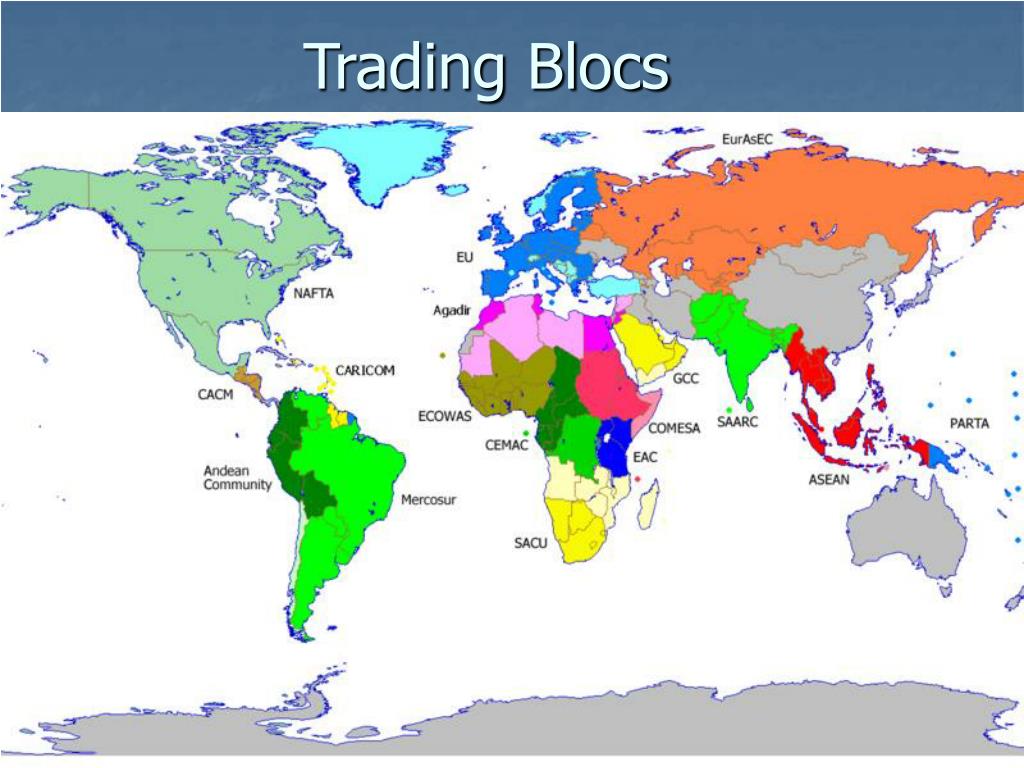

Last, but most importantly, Brookings estimates that the potential gains from the RCEP are in the high billions: $209 billion could be added annually to world incomes, and $500 billion may be added to world trade by 2030. The RCEP could also help China gain even more ground in its economic race against the U.S. However, there are some key exclusions that have raised critics’ eyebrows. Among others, the agreement will establish rules for the region around: The potential effects of the RCEP are widespread. Implications of the Regional Comprehensive Economic Partnership

Interestingly, the total population covered within the RCEP is near or over five times that of the other trade blocs.Īnother regional agreement not covered here is the African Continental Free Trade Area (AfCFTA), which is now the largest in terms of participating countries (55 in total), but in the other metrics, the RCEP still emerges superior. With the combined might of its 15 signatories, the RCEP accounts for approximately 30% of global GDP and population. This includes the European Union and the U.S.-Mexico-Canada Agreement (USMCA, formerly known as NAFTA). The RCEP will not only surpass existing Asia-Pacific trade agreements such as the Comprehensive and Progressive Agreement for Trans-Pacific Partnership (CPTPP) in size and scope, but also other key regional partnerships in advanced economies. When we say the Regional Comprehensive Economic Partnership is the biggest trade bloc in history, this statement is not hyperbole. India retains the option to rejoin the RCEP in the future, if things change. This came after potential concerns about the trade bloc’s impacts on its industrial and agricultural sectors that affect the “lives and livelihoods of all Indians”. Interestingly, in the midst of negotiations in 2019, India pulled out of the agreement. At its current pace, the RCEP is set to come into effect in early 2022 as all member nations have agreed to complete the ratification process within the year. So far, it’s been ratified by China, Japan, Thailand, and Singapore as of April 30, 2021. Once the RCEP is ratified by three-fifths of its signatories-a minimum of six ASEAN nations and three non-ASEAN nations-it will go ahead within 60 days. That means these nations still have to give their consent to be legally bound to the terms within the RCEP. Signing the agreement, the step taken in late 2020, is simply an initial show of support for the trade agreement, but now it needs to be ratified. Here are the countries which have signed on to be member nations:īut there is still some work to do to bring the trade agreement into full effect. Member nations who are a part of the RCEP will benefit from lowered or completely eliminated tariffs on imported goods and services within the region in the next 20 years.

The RCEP is a free trade agreement between 15 nations in the Asia-Pacific region, and has been formalized after 28 rounds of discussion over eight years. Who’s in the RCEP, and Why Was it Created? Here, we break down everything you need to know about it, from who’s involved to its implications. In late 2020, the Regional Comprehensive Economic Partnership (RCEP) was signed, officially creating the biggest trade bloc in history. Naturally, agreements among nations in a certain geographical area help facilitate relationships in ways that are ideally beneficial for everyone involved. Trade and commerce are the lifeblood of the global economy. Chase is Assistant Professor of Political Science at Tufts University.RCEP Explained: The World’s Biggest Trading Bloc Vinod Aggarwal, Director, Berkeley APEC Study Center, University of California, Berkeley "Chase has written a superb book that provides us with an innovative and compelling explanation for the development of trading blocs." Trading Blocs is the first book to systematically demonstrate the theoretical significance of economies of scale in domestic pressure for trading blocs, and thereby build on a growing research agenda in areas of political economy and domestic politics. Professor Kerry Chase examines how domestic politics has driven the emergence of these trading blocs, arguing that businesses today are more favorably inclined to global trade liberalization than in the past because recent regional trading arrangements have created opportunities to restructure manufacturing more efficiently. Global commerce is rapidly organizing around regional trading blocs in North America, Western Europe, Pacific Asia, and elsewhere-with potentially dangerous consequences for the world trading system.


 0 kommentar(er)
0 kommentar(er)
